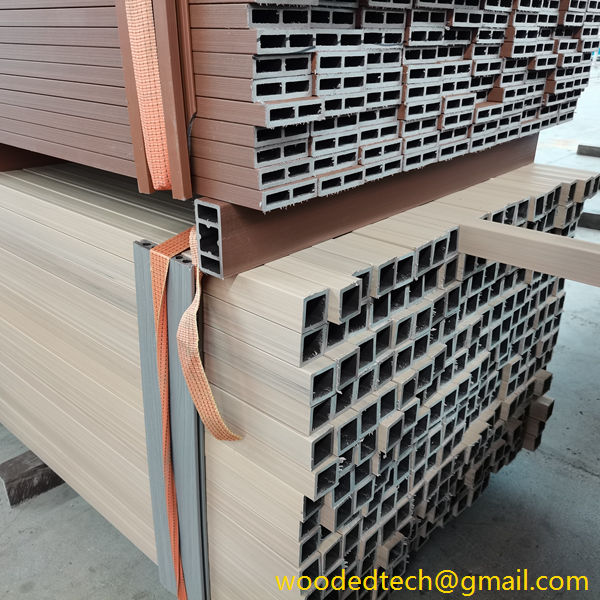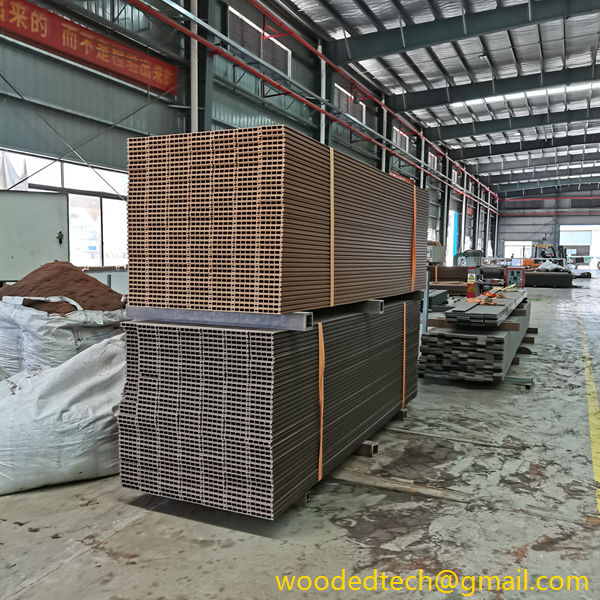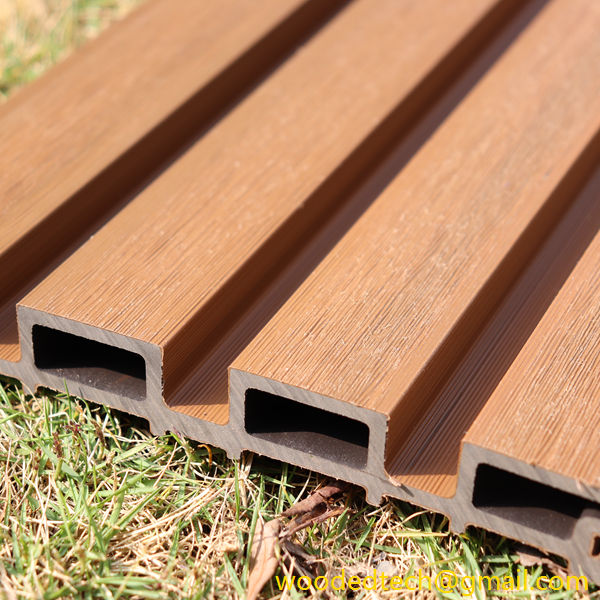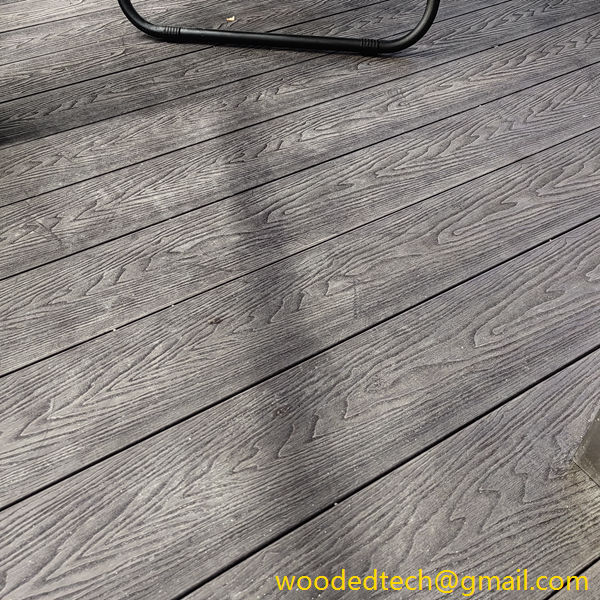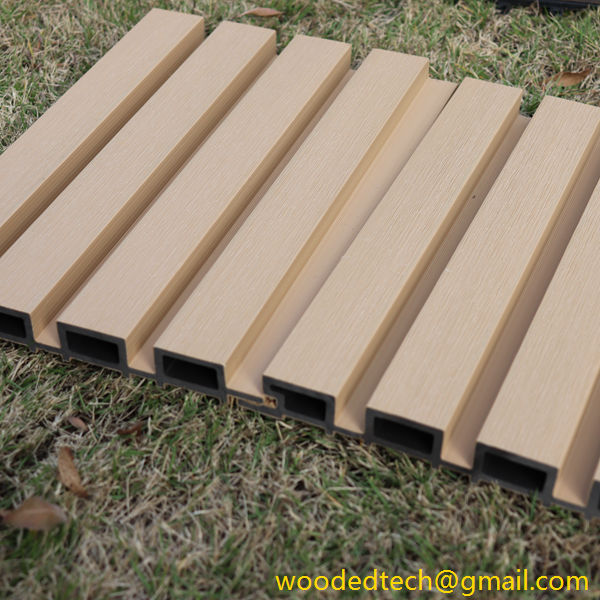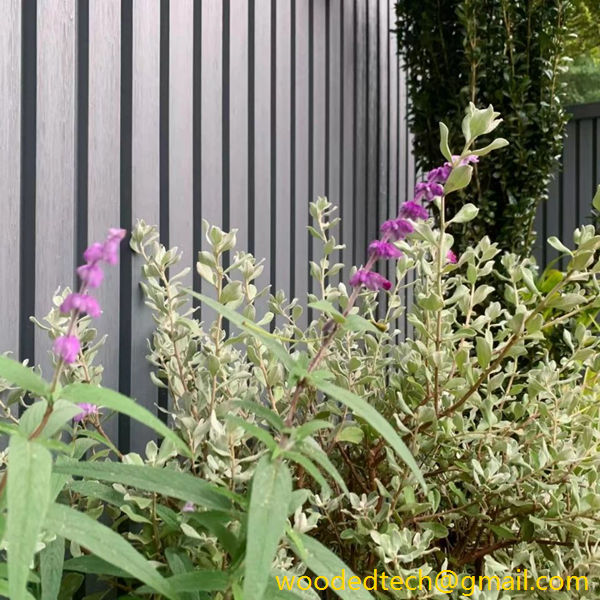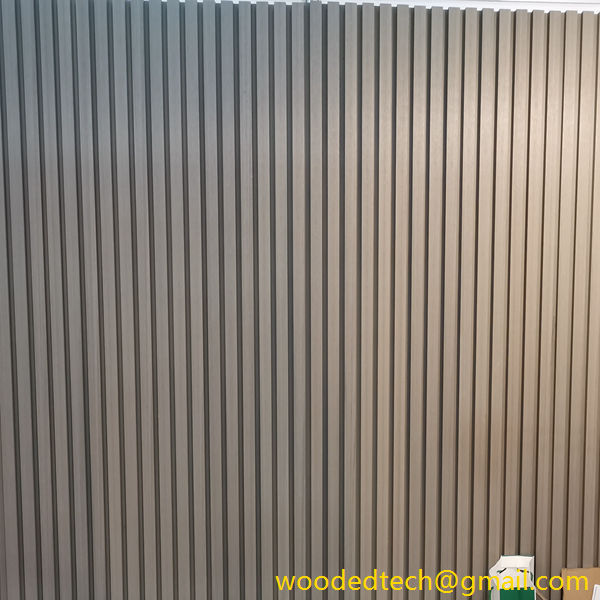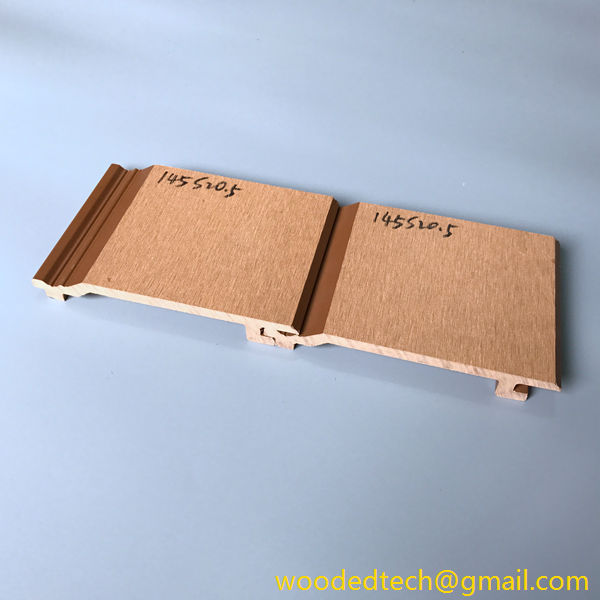Evaluating WPC Panel Width for Your Design Needs
Evaluating WPC Panel Width for Your Design Needs When it comes to designing interiors or exteriors, the choice of materials plays a crucial role in determining the overall aesthetics and functionality of the space. One popular material that has gained traction in recent years is Wood Plastic Composite (WPC) panels. WPC panels combine the best…
Evaluating WPC Panel Width for Your Design Needs
When it comes to designing interiors or exteriors, the choice of materials plays a crucial role in determining the overall aesthetics and functionality of the space. One popular material that has gained traction in recent years is Wood Plastic Composite (WPC) panels. WPC panels combine the best qualities of wood and plastic, offering a versatile and durable option for various applications. One of the key considerations when working with WPC panels is their width, which can significantly influence the design and performance of the project. In this article, we will explore the significance of evaluating WPC panel widths for your design needs, considering various material styles and their implications.
Understanding WPC Panels
Before delving into the specifics of panel width, it is essential to understand what WPC panels are and why they have become a preferred choice for many designers and builders. WPC panels are composed of a mixture of wood fibers and thermoplastic polymers, resulting in a material that mimics the appearance of natural wood while providing enhanced durability and resistance to moisture, rot, and insects. This makes WPC panels suitable for both indoor and outdoor applications, including decking, wall cladding, and furniture.
The Importance of Panel Width
The width of WPC panels can significantly affect the overall look and feel of a space. Wider panels can create a more contemporary and streamlined appearance, making them an ideal choice for modern designs. On the other hand, narrower panels can evoke a more traditional or rustic aesthetic, providing a sense of warmth and character to the environment. Evaluating the appropriate width for your project is crucial in achieving the desired design outcome.
Aesthetic Considerations
When selecting the width of WPC panels, it is essential to consider the visual impact they will have on your space. Wider panels can create a sense of openness and spaciousness, making them an excellent choice for large areas such as open-concept living spaces or expansive outdoor decks. They can also reduce the number of seams and joints visible in the design, resulting in a cleaner and more cohesive look.
Conversely, narrower panels can add texture and detail to a design, making them suitable for smaller spaces or areas where intricate patterns are desired. They can be arranged in various patterns, such as herringbone or shiplap, allowing for creative expression and customization. Additionally, the choice of panel width can influence how light interacts with the surface, affecting the overall ambiance of the space.
Functional Considerations
Beyond aesthetics, the width of WPC panels also has practical implications. Wider panels are often more robust and can provide better structural support, making them suitable for high-traffic areas or heavy loads. This can be particularly important in applications such as commercial spaces or outdoor decks where durability is a priority.
Narrower panels, while perhaps less structurally robust on their own, can offer greater flexibility in design. They are easier to work with in terms of cutting and fitting, allowing for intricate designs that may not be feasible with wider panels. Additionally, using narrower panels can lead to reduced waste during installation, as they can be fitted into tighter spaces more effectively.
Environmental Considerations
In recent years, sustainability has become a significant factor in material selection. WPC panels are often marketed as a more environmentally friendly option compared to traditional wood, as they utilize recycled materials and reduce the demand for timber from forests. However, the width of the panels can also influence their environmental impact.
Wider panels may require less material overall compared to narrower panels when covering the same area. This can lead to reduced resource consumption and waste during production. However, it is essential to balance this with the need for versatility and design flexibility, as narrower panels may allow for more innovative uses of space.
Choosing the Right Width for Your Project
When evaluating WPC panel widths for your design needs, consider the following factors:
1. Design Intent: Determine the overall aesthetic you wish to achieve. Are you aiming for a modern, minimalist look or a cozy, rustic feel? The width of the panels can significantly impact this decision.
2. Space Size: Consider the dimensions of the area where the panels will be installed. Larger spaces may benefit from wider panels, while smaller spaces might be better served by narrower options.
3. Functional Requirements: Assess the intended use of the space. Will it experience heavy foot traffic, or is it a decorative feature? The width of the panels can influence their durability and performance.
4. Sustainability Goals: If environmental impact is a concern, consider how the width of the panels aligns with your sustainability objectives. Wider panels may reduce material use overall, but narrower panels may offer design flexibility with minimal waste.
5. Installation Considerations: Factor in the complexity of installation. Wider panels may require fewer cuts and joints, while narrower panels may provide more opportunities for creative layouts.
In conclusion, evaluating WPC panel widths is an essential aspect of the design process that should not be overlooked. By understanding the implications of panel width from aesthetic, functional, and environmental perspectives, designers can make informed decisions that enhance the overall quality and success of their projects. Whether opting for wide panels that create a bold statement or narrow panels that add intricate detail, the choice ultimately shapes the character and experience of the space. As WPC technology continues to evolve, the possibilities for incorporating these versatile materials into design will only expand, offering endless opportunities for creativity and innovation.

